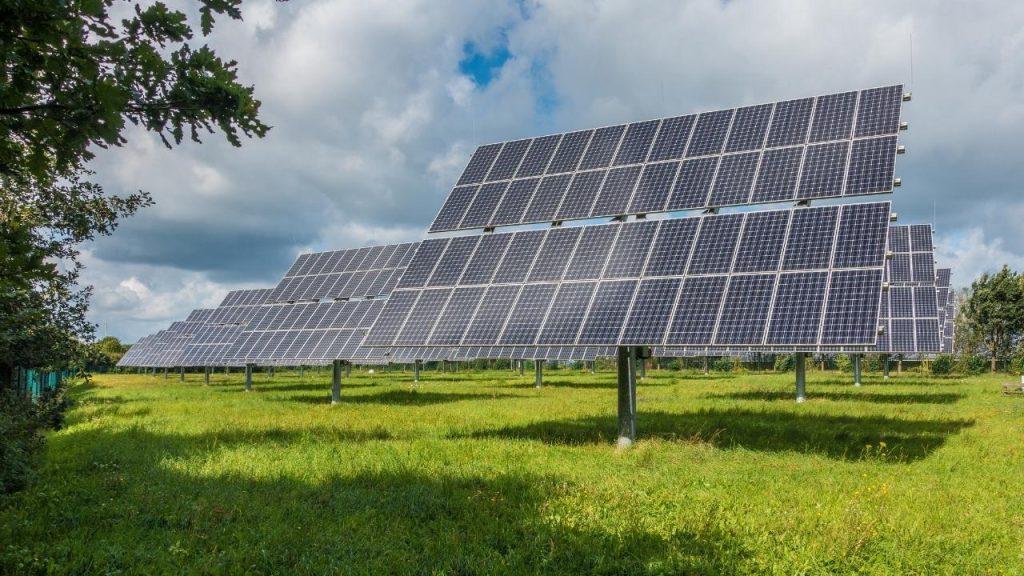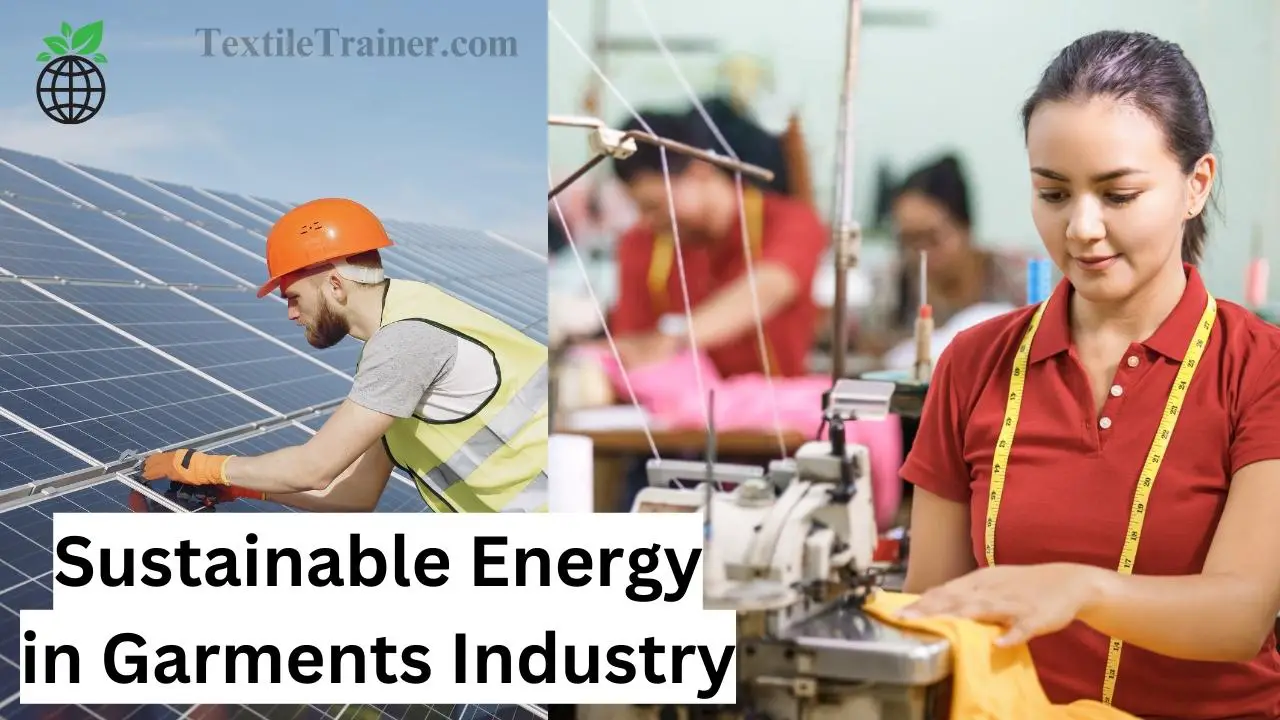Introduction:
Due to the rapid growth of the economy in Bangladesh, the electricity demand has increased rapidly. The textiles and apparel industry, one of the most essential industries in Bangladesh, is experiencing an increase in demand. There is, however, a power crisis in the textile and apparel industry and, now and then, a rise in power tariffs. It has been just a few days since the government increased electricity prices, and now the government has increased gas prices for power, industrial and commercial sectors by 179%. It was previously reported that fuel price hikes had severely affected the country’s capacity to produce electricity.

Why Solar Panel is Essential for Textile and Apparel Industry
As a result of the current situation, entrepreneurs in the textile and garment sector are embracing innovative ways to help them combat the crisis. In order to reduce power consumption and lower costs, they are installing sophisticated energy-efficient technologies and installing rooftop solar power plants. Having these initiatives in place is helping the industry to cope with the current energy issues affecting it.
It has been reported that, on average, the country’s electricity demand has increased by 8% annually over the past few years. To meet the country’s demands, gas power accounted for 62% of the country’s total power generation, while renewable energy produced only 1% of the country’s total power generation. There is a possibility that Bangladesh could generate 6500 megawatts of electricity through solar energy in the next three years if the government invests $11 billion in solar energy rather than importing LNG from the spot market at the exact cost, according to Ember, a global energy think tank. In a recent analysis of Bangladesh’s energy security, a London-based group concluded that the country could save $2.7 billion in time by investing in green energy. Its dependence on LNG could be cut by 25% if the government invests in green energy. Day by day this problem increased. Alternate method should be imposed in textile and apparel industries. That’s why some industry to use solar power to fight this energy crisis.
There are many reasons why solar panels are of major importance to the textile and apparel industries. Here are some of them:
1. Energy Efficiency:
There is a high level of energy consumption in the textile and apparel industries. Solar panels provide a clean and renewable energy source, helping companies reduce their reliance on traditional energy sources and significantly improve energy efficiency. Textile and apparel facilities can use solar power to generate electricity on-site, reducing transmission and distribution losses.
2. Cost Savings:
In the textile and apparel industries, solar panels offer long-term savings. While the initial investment is significant, companies can experience substantial reductions in electricity bills over time due to solar infrastructure. It protects businesses from rising energy prices and fluctuations in electricity prices by providing a stable, predictable energy source.
3. Environmental Sustainability:
Solar panels generate clean and renewable energy and help mitigate the environmental impact of the textile and apparel industry, which has a significant effect on the environment. In addition to lowering their carbon footprint, companies can contribute to global efforts to combat climate change by reducing their reliance on fossil fuels.
4. Energy Independence
As textile and apparel companies become increasingly energy independent, they can minimize the risks associated with energy supply disruptions by producing their electricity. This resilience enhances business continuity, especially in regions where power outages are common and where energy infrastructure is less reliable.
5. Brand Reputation and Consumer Demand:
Consumers are increasingly concerned with sustainability and environmental sustainability when choosing products. Textile and apparel companies investing in solar power demonstrate their commitment to renewable energy and environmental sustainability. This can enhance brand reputation, attract environmentally conscious consumers, and increase market share and consumer loyalty.
6. Government Incentives and Regulations:
Renewable energy sources, such as solar power, are encouraged by many governments through incentives and regulations. Subsidies, tax incentives, and favorable regulations may help textile and apparel companies install solar panels. These incentives reinforce the case for solar power investments.
7. Technological Advancements:
As solar technology advances rapidly, solar panels become more efficient and affordable, thanks to ongoing research and development. Textile and apparel manufacturers can take advantage of solar technology advancements to optimize energy generation and integrate solar panels seamlessly into their facilities as solar technology advances.
8. Scalability and Flexibility:
As a result, textile and apparel companies can use solar panels to use available spaces efficiently. Companies can install solar panels on rooftops, facades, and open spaces, increasing scalability and flexibility. Additionally, solar power systems can be easily expanded or modified to accommodate changing energy demands, allowing companies to adapt to their evolving production needs.
9. Peak Load Management:
The textile and apparel industry often experiences peak energy demands during specific production periods. By generating electricity during daylight hours, when energy consumption is typically high, solar panels can help manage these peak loads. By doing so, the power grid is less stressed, and power shortages or expensive peak-demand charges are prevented.
10. Energy Diversification:
When textile and apparel companies only rely on grid electricity, they are exposed to power outages and price fluctuations. The integration of solar panels reduces the vulnerability of companies to disruptions in the traditional energy supply chain by diversifying their energy sources. A diverse energy supply ensures consistent energy availability and enhances operational resilience.
11. Positive Public Relations:
A textile and apparel company can gain positive public relations and media attention by embracing solar power. Sustainable energy practices demonstrate corporate social responsibility and commitment to reducing environmental impact. It can enhance brand reputation and create a competitive advantage by attracting positive attention from customers, investors, and other stakeholders.
12. Integration with Green Building Certifications:
The textile and apparel industry strives for green building certifications, such as LEED (Leadership in Energy and Environmental Design). As solar panels promote energy efficiency, renewable energy use, and sustainable building practices, they contribute significantly to achieving these certifications. It can facilitate the attainment of recognized certifications by aligning with the industry’s commitment to sustainable manufacturing.
Conclusion:
Solar panels offer numerous benefits in the textile and apparel industry and address critical challenges. Investing in solar power can increase energy efficiency, cost savings, environmental sustainability, and energy independence for textile and apparel companies. Solar panels provide a clean, renewable energy source by reducing fossil fuel reliance and minimizing the industry’s carbon footprint. Furthermore, solar power offers scalability, flexibility, and peak load management capabilities, allowing companies to adapt to changing energy demands and optimize production processes. Solar panels enhance brand reputation, attract environmentally conscious consumers, and position companies as sustainability leaders: government incentives, technological advancements, and collaborative efforts further support solar power adoption in the industry. The textile and apparel industry needs solar panels to combat the energy crisis, achieve long-term sustainability, and contribute to a greener future.







2 thoughts on “Solar Energy World: Textile and Apparel Industry’s Solar Panel Investment to Fight Against Energy Crisis”